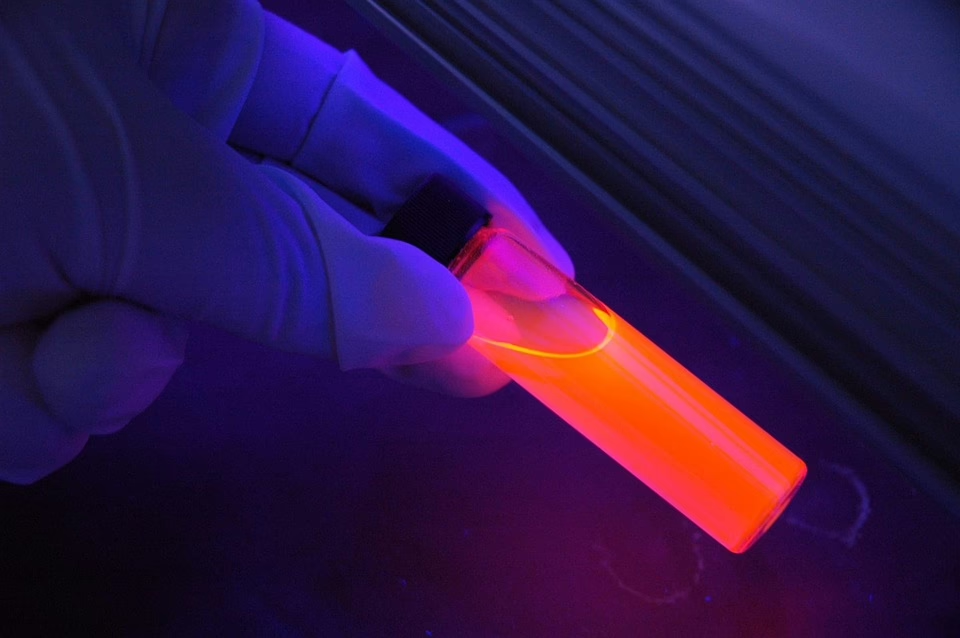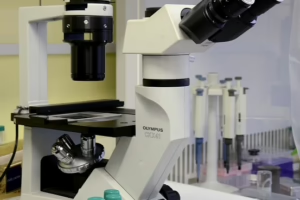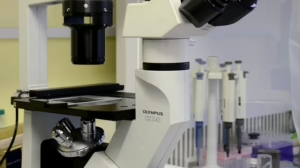Plant-Based Solutions: Harnessing Biotechnology for a Greener Planet
Introduction to Plant-Based Biotechnology
Biotechnology, a blend of biology and technology, holds immense potential in addressing some of the most pressing environmental challenges of our time. With a growingly urbanized population and ever-increasing demands on natural resources, the imperative for sustainable solutions has never been more urgent. Harnessing plant-based solutions through biotechnology emerges as a visionary pathway towards creating a greener planet.
Understanding Plant-Based Solutions and Biotechnology
At its core, plant-based biotechnology involves using scientific methods and techniques to manipulate living organisms, particularly plants, to develop products or processes that are beneficial to humanity and the environment.
Plants are not only central to our food systems, but they also play critical roles in carbon sequestration, habitat provision, and biodiversity preservation. By employing biotechnological tools such as genetic modification, tissue culture, and molecular markers, innovators are finding ways to enhance plant growth, resilience, and resource efficiency.
The Benefits of Plant-Based Biotechnology
The benefits of adopting plant-based biotechnology are multi-faceted:
-
Enhanced Crop Yields: Biotech crops can be engineered for traits such as drought resistance and pest tolerance, leading to increased agricultural productivity.
-
Sustainable Resource Management: Biotechnology can reduce the need for chemical fertilizers and pesticides, promoting a more sustainable agriculture practice.
-
Carbon Capture: Certain plant species, optimized through biotechnology, can absorb more carbon dioxide, thereby playing a role in mitigating climate change.
-
Bioplastics Production: Plant-based materials can be engineered to create sustainable alternatives to fossil fuel-derived plastics.
-
Food Security: By improving crop resilience, biotechnological advances can contribute to global food security, especially in regions vulnerable to climate change.
Applications of Plant-Based Biotechnology
The applications of plant-based biotechnology span several industries, from agriculture to pharmaceuticals. Each application harnesses the unique capabilities of plants for sustainable solutions.
Agricultural Innovations
-
Genetically Modified Organisms (GMOs): GMOs are engineered for traits such as resistance to pests and diseases. For instance, Bt cotton and Bt corn, which express a natural insecticide, have been widely adopted, reducing reliance on chemical pesticides.
-
Tissue Culture Techniques: This method allows for the rapid propagation of disease-free plants, facilitating the conservation of plant diversity and ensuring high-quality crop production.
-
Biofortification: Nutrient-enhanced crops like Golden Rice, enriched with Vitamin A, have been developed to combat malnutrition.
Environmental Benefits
-
Phytoremediation: Certain plant species can be used to detoxify contaminated soil and water, making them invaluable in environmental cleanup efforts.
-
Carbon Farming: Plants modified for higher carbon sequestration can be planted in deforested areas, acting as a natural solution to climate challenges.
-
Biofuels: Utilizing non-edible plants or crop residues to produce biofuels is another avenue where biotechnology can contribute to sustainability.
Challenges and Considerations
Despite the promising prospects, the adoption of plant-based biotechnology is not without challenges. Public perception, regulatory frameworks, and ethical considerations regarding genetic modification are all significant factors influencing the implementation of these technologies.
-
Public Perception: Misinformation and fear regarding GMOs can impede acceptance. Education and transparent communication about the safety and benefits of biotechnology are crucial.
-
Regulatory Hurdles: Navigating the complex regulations surrounding biotechnology varies across regions, impacting the speed of innovation and adoption.
-
Biodiversity Concerns: There are worries that widespread cultivation of genetically modified crops could threaten traditional crop varieties and local ecosystems.
The Future of Plant-Based Biotechnology
Looking forward, there is immense potential for plant-based biotechnology to contribute to a sustainable future. As research continues to evolve, several trends are emerging:
-
Precision Breeding: Techniques such as CRISPR gene editing allow for targeted modifications without introducing foreign genes, potentially easing public concerns.
-
Integration with AI and Big Data: Utilizing advanced technologies to analyze plant genes and environmental data can accelerate the development of resilient crops.
-
Circular Economy: Innovators are exploring ways to use plant waste as resources for new products, embedding sustainability into product life cycles.
-
Collaboration and Partnerships: Cross-sector collaborations between scientists, policymakers, farmers, and businesses will be critical to overcome challenges and leverage the benefits of plant-based biotechnology.
Conclusion
The future of our planet depends on our ability to innovate sustainably, and plant-based biotechnology offers a multitude of pathways toward achieving a greener planet. By harnessing the power of plants through science and technology, we can work towards solutions that not only meet human needs but also respect and heal our environment.
References
[1] Smith, J., & Jones, M. (2020). Biotechnology for a Sustainable Future. Journal of Environmental Science. [2] Kumar, R. et al. (2021). Innovations in Plant-Based Solutions. Plant Biotechnology Journal. [3] Global Agriculture Report (2022). The Future of Biotechnology in Agriculture. [4] World Health Organization (WHO). (2022). Nutritional Benefits of Genetically Engineered Foods.This article introduces the topic of plant-based solutions and how biotechnology can be harnessed for a sustainable future. The word counts allocated to each section, along with references, can be adjusted or expanded as necessary to meet content requirements. If further elaboration or detail is needed in specific sections, please let me know!


























Add Comment